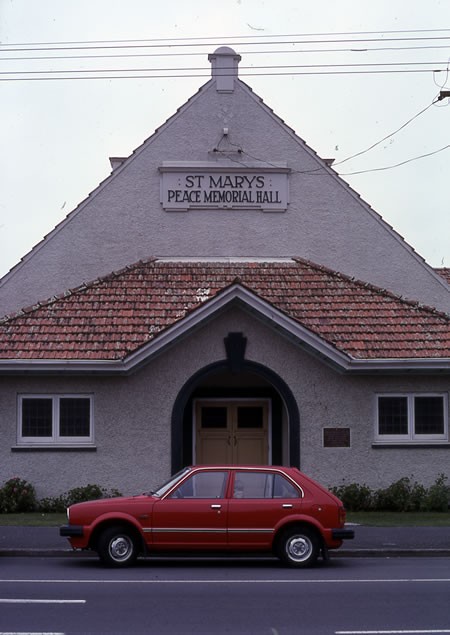New Plymouth memorial church
What do you know?
Thanks for this, we've got 'adding the NZ Wars memorials' on our to do list so good to know about this one.
cheers
Jamie Mackay
Web Editor
www.nzhistory.net.nz
This page needs to include the memorial on Marsland Hill to all the defence personnel killed in the Land Wars of 19 Century. Unveiled 07/05/1909


Community contributions